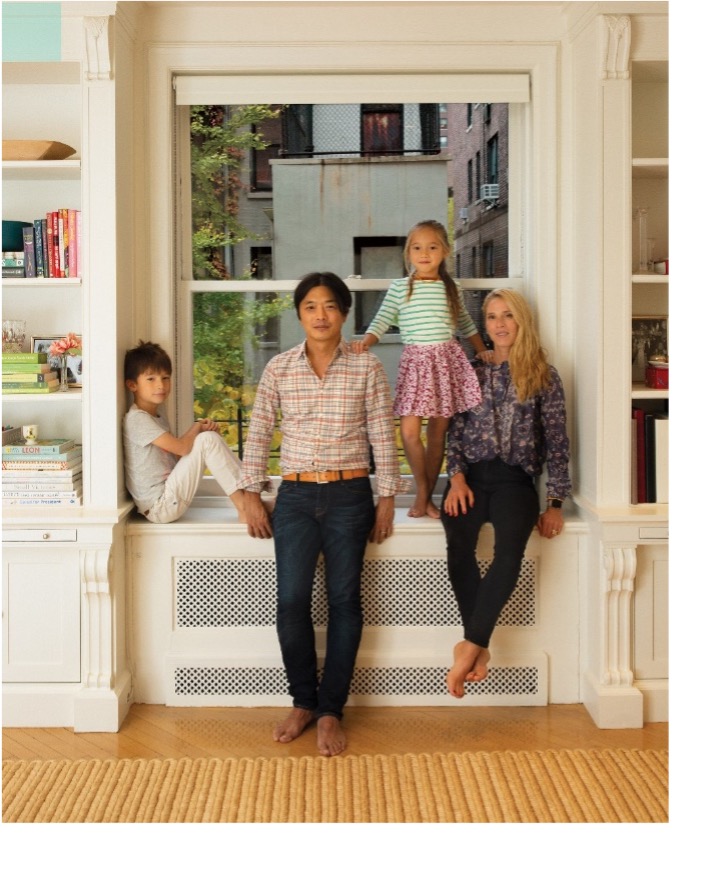5
Students will learn to draw out the stories that are hidden in pictures. By examining various pictures of individuals and families students will learn to identify relevant connections. They will learn how to represent their unique families in a portrait that will allow the viewer to see who each member is. We ask that each student come to class with printouts of a few photographs of the students as a baby and toddler as well as several family photos.

To dive into the topic of photos as storytellers, we will start with a game in small groups. The teacher will collect the baby and toddler pictures of the class and randomly distribute the photos to small groups of students. Each group will receive an equal number of pictures of the students in the class. They must look at the pictures and try to decipher the following things together and write them on the worksheet (send an email to sharonh@anumuseum.org.il to receive the worksheet). Answer the questions of how old is the person in the photograph? Where is the picture taken? A place or event? When was the picture taken? Can you tell how long ago? Is there anyone else in the picture? Are there any other clues in the photograph that can help you identify the person in the picture? Maybe hair color? Eye color? Who do you think the person in the picture is? The team that manages to identify all the pictures correctly first is the winner. Hold up each picture and have the students identify themselves and where, when and who appears in the picture.
The ANU Museum of the Jewish People in Tel Aviv also uses photographs to tell stories. The Mosaic floor of the museum uses family pictures to present today's Jewish culture and identity. In this area of the museum there are six photos of families who identify as Jewish from Israel and the world. Each family was invited to decide where to take the picture and what objects to include so that viewers would have the best view of who they are. Let's look at the photos together. (Show the photos from the Additional Resources below.)
Let’s look at the first photo together and discus it, then you and your group will have a chance to do other photos together and present them to the class. While we look at the photos lets think about these questions:
A picture is a frozen moment in time. These pictures reflect and represent a Jewish family's daily life. Each of them has its own rich and complex story, which the photographer has tried to capture in one photograph.
Back in your groups let’s look at the other pictures of families from the mosaic of the Jewish people and talk about what you see in these pictures. Use the same questions we used as a full class to discuss your group’s picture. If the group would like they can also use family pictures that they have brought to class. One student from each group can present the findings to the class. After the groups have presented to the class, students will begin their individual work.
Now we will think about our own families and how we want to represent them. Imagine that your family has received an invitation from the ANU Museum to submit a family photo to the museum. It is your job to now plan your family photo. Keep the following things in mind:
Who will you choose to be in the photo? Who do you consider an important part of your family? Is it your nuclear family? Extended family? Friends of your parents that are like family? Your best friend that is like a sibling? Your pets?
In what location will your picture be? Which place best represents your family? What will be in the background? What will be in the front?
How will you arrange the people and objects in the picture? Where will you stand? Sit?
What objects would I like to show in the photograph to better show the viewer the character of your family? Sports equipment? Suitcases that show you travel? Rock climbing gear?
What will your family members wear? Everyday clothes? School uniforms? Professional clothes? Holiday clothes?
Think of how the viewer of the photograph will be best able to get to the true idea of what you want to represent for your family from the single image frozen in time.
Hand each student an empty frame to begin to write or sketch their ideas for a family portrait. The students can try to capture this family picture in real life with their families and then bring their pictures to class to share.






In the photo gallery on the right you can find photographs of various families exhibited at ANU Museum: